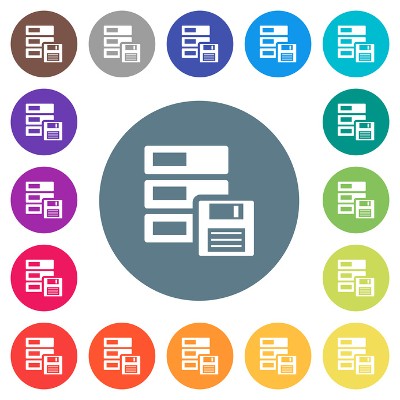Data is the backbone of any modern business. Since your organization relies so much on it, you need to have measures put into place to ensure that your business can access it in some way, shape or form at all times. This is easier said than done, especially for a business on a budget. We’ll walk you through how you can implement a comprehensive data backup solution to protect your organization.
Ordinarily, the word redundant would be used for something that’s not needed. For example, having two jugs of orange juice in your refrigerator would be considered redundant because you only ever need one at a time. Your data can be considered in much the same way. You want a second, or even third, copy of your data on the off-chance that you need it.
This is why we say you want data redundancy--it’s a worst-case scenario, certainly, but you’re out of luck if you do ever encounter a situation where your data is unavailable. Here are some of the major considerations that you want to remember when thinking about data redundancy, as well as data backup and disaster recovery.
How Much Data You’re Recovering
Depending on your data backup solution, you could either be taking backups once a day or you could be taking them multiple times a day. If you’re only taking them once at the end of the day, you could lose up to an entire day’s worth of data in the event of a disaster. On the other hand, if you use a snapshot-based backup solution, you only take backups of data that has changed since the last time you took one, allowing you to back up your data as often as every fifteen minutes. It’s the ideal way to back up your data, and it allows you to keep it as redundant as possible.
How Long Your Recovery Takes
If you have a lot of data that needs to be recovered, the process could take much longer than you expect. Furthermore, since you’re restoring from a tape rather than immediately through the cloud, you’ll be opting for a much slower method of restoration. Cloud-based BDR allows your organization to restore data directly to any compatible device--including the BDR device itself--so that you can minimize downtime in the event of a data loss incident.
Where You’re Storing Your Data Backups
Finally, we get to the redundancy aspect of your business’s data backup system. Redundancy is all about having multiple copies of your device, but it’s where you’re storing them that makes a major difference for your organization. You should follow the 3-2-1 rule for data backup and disaster recovery. Basically, you want three copies of your data overall (at least), with two of those being stored off-site in some capacity (like in the cloud or a secure off-site data center), and one on-site in the event you need it.
Does your organization need help with data redundancy or backup and disaster recovery? Grove Networks can help. To learn more, reach out to us at (305) 448-6126.

